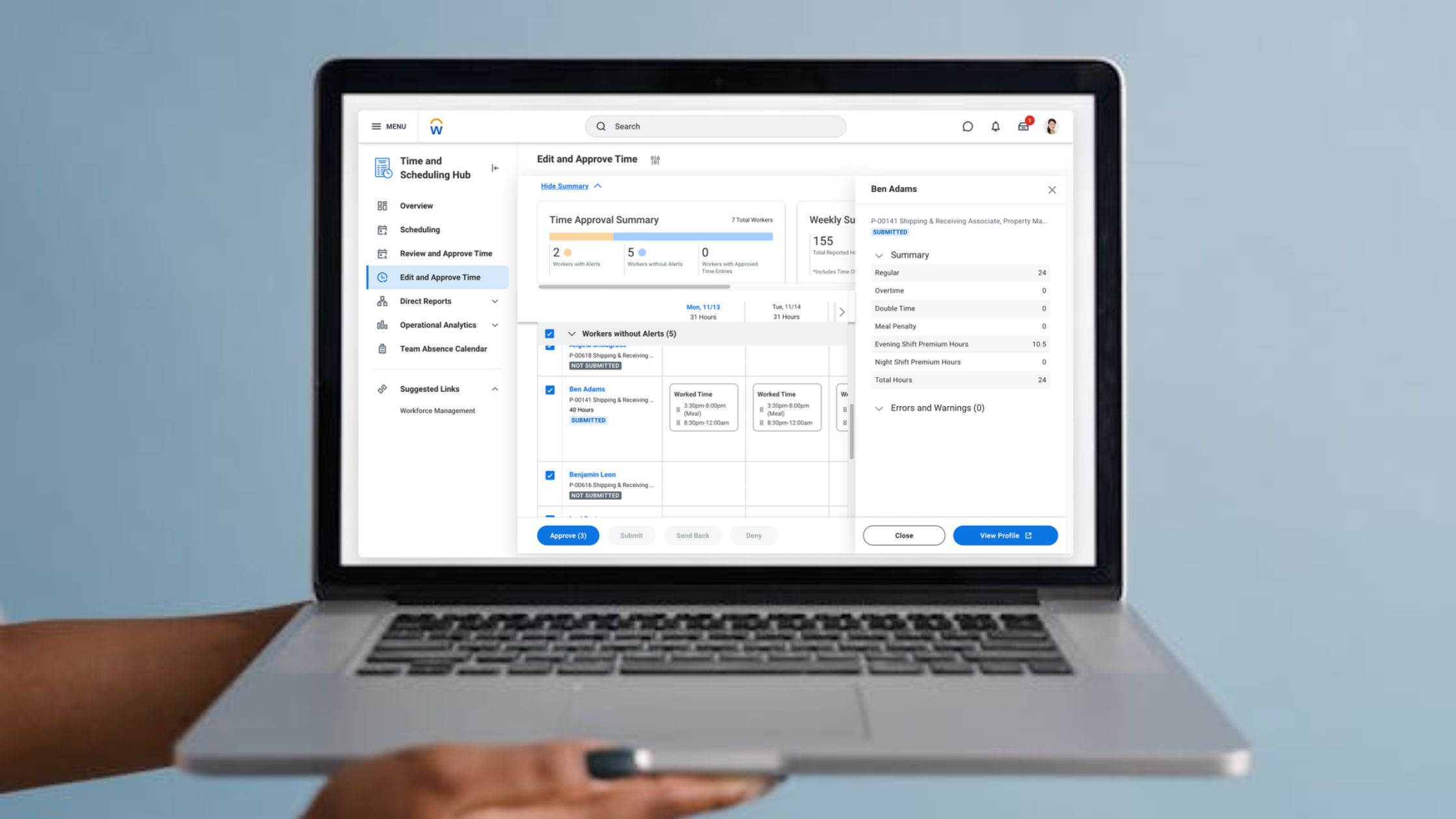Efficient time tracking and approval processes are essential for workforce management, productivity, and compliance. Many organizations rely on enterprise HR systems to handle employee time entries, manage workflows, and ensure accurate payroll. However, when businesses attempt to automate the approval of time entries through an API, several challenges arise—especially when systems are not designed for granular control or flexibility.
This article explores the technical and operational challenges of approving time entries via API, how organizations can address them, and introduces an easier alternative approach to streamline the time approval process.
Understanding Time Tracking and Approval Mechanisms
Most time tracking systems are designed to capture employee work hours, leaves, and shift data. These entries typically go through a submission and approval process before they are finalized for payroll. While this process works well within the system’s user interface, automating the same actions through an API can be less intuitive.
APIs often allow interaction with time data, but are generally limited to specific parameters and depend heavily on how the internal workflows (business processes) are configured.
Key Challenges of Approving Time Entries via API
1. Lack of Granular Control
Most APIs are structured to approve entire timesheets rather than individual time blocks. For example, if an employee submits a full week’s timesheet, the API may only support approval for the entire week—not for individual days or hours. This can cause challenges when organizations want to automate partial approvals or handle exceptions.
Implication: Approving all entries at once may result in incorrect approvals, especially when only specific entries are validated.
2. Status Reference Validation
APIs usually require time entries to be in a specific status—commonly “Submitted”—before they can be approved. If the entries are in a draft, pending, or incorrect status, the API call will fail.
Common errors include:
-
Missing or incorrect Workday IDs (WIDs) for time statuses
-
Trying to approve entries still marked as editable or not finalized
3. Inflexibility in Business Process Configuration
APIs follow the logic and structure of internal business processes. If the approval workflow is designed to occur only at the weekly level or as a single-step approval, it can restrict API-based customization.
This setup limits organizations that require:
-
Multiple levels of approvals
-
Different workflows for departments or roles
-
Role-based permissions for approving entries
4. Complex Payload Requirements
To automate approvals, APIs often require detailed and correctly structured payloads. This includes:
-
Employee IDs
-
Time block IDs
-
Approval status WIDs
-
Organizational context (e.g., location, department)
Even minor errors in the payload can lead to rejected or failed API requests.
Strategies to Overcome API Approval Limitations
Organizations can adopt several approaches to mitigate these limitations:
1. Use Proper API Sequences
Approval flows may require a combination of endpoints. For instance:
-
Retrieve time blocks with GET requests
-
Submit entries through a Submit API call
-
Approve submissions via POST/PUT to an approval endpoint
Best practice: Ensure the time entries are finalized before attempting approval.
2. Ensure Status Accuracy
Retrieve valid status identifiers directly from the system to avoid API call failures. Use administrative tools or reports to extract correct status values such as “Submitted,” “Approved,” or “In Progress.”
3. Customize the Business Process Workflow
Where possible, configure approval workflows to allow:
-
Approval of individual time blocks
-
Conditional routing based on roles or hours
-
Flexible approval structures (e.g., daily, weekly, shift-based)
These customizations can provide greater control and align better with automated API processes.
4. Use Middleware or Integration Layers
Organizations can consider creating middleware or custom logic layers that:
-
Pre-validate time blocks
-
Automatically format API payloads
-
Retry failed API attempts
-
Log errors for audit and compliance purposes
This improves the reliability of automated approvals and reduces the manual effort required for error resolution.
An Easier Alternative: Automating Time Entry Approval Without API Complexity
For organizations looking to bypass the technical barriers of API-based approvals, low-code platforms or workflow automation tools offer a more accessible path. These systems provide:
-
User-friendly interfaces
-
Built-in approval workflows
-
Real-time time tracking with audit trails
-
Role-based access to manage and approve entries
Such platforms can integrate with core HR systems, allowing seamless time data synchronization and providing a more intuitive approach to time entry management—without the overhead of API configuration and maintenance.
Frequently Asked Questions (FAQ)
Q1: Why can’t I approve individual time blocks via API?
Most APIs are built to approve at the timesheet level, and lack the granularity to approve specific time blocks unless custom workflows are implemented.
Q2: What status should time entries be in for approval via API?
Entries should typically be in a “Submitted” status. Any entries still in draft, pending edits, or with missing information will cause the API request to fail.
Q3: Can I change the approval workflow to support API approvals?
Yes. Adjusting the business process to support granular approval and ensuring that it aligns with your API logic is key for successful automation.
Q4: What if I keep receiving errors during approval via API?
Check your status references, ensure the payload structure is correct, and confirm that all necessary time entries have been properly submitted before attempting approval.
Q5: Is there a better way to manage time approvals without using APIs?
Yes. You can use tools that offer built-in approval workflows, support for biometric or mobile time tracking, and integration with your HR system. These platforms simplify the process and reduce reliance on complex technical setups.
Key Takeaways
-
Time entry approval via API is technically feasible but comes with limitations around granularity, workflow alignment, and payload complexity.
-
Customizing business processes and using accurate status references can reduce errors and improve API success rates.
-
Middleware and automation layers can bridge the gap, but require additional setup.
-
Platforms with built-in approval workflows offer a simpler and more intuitive alternative for managing time approvals efficiently.

Darren Trumbler is a versatile content writer specializing in B2B technology, marketing strategies, and wellness. With a knack for breaking down complex topics into engaging, easy-to-understand narratives, Darren helps businesses communicate effectively with their audiences.
Over the years, Darren has crafted high-impact content for diverse industries, from tech startups to established enterprises, focusing on thought leadership articles, blog posts, and marketing collateral that drive results. Beyond his professional expertise, he is passionate about wellness and enjoys writing about strategies for achieving balance in work and life.
When he’s not creating compelling content, Darren can be found exploring the latest tech innovations, reading up on marketing trends, or advocating for a healthier lifestyle.
